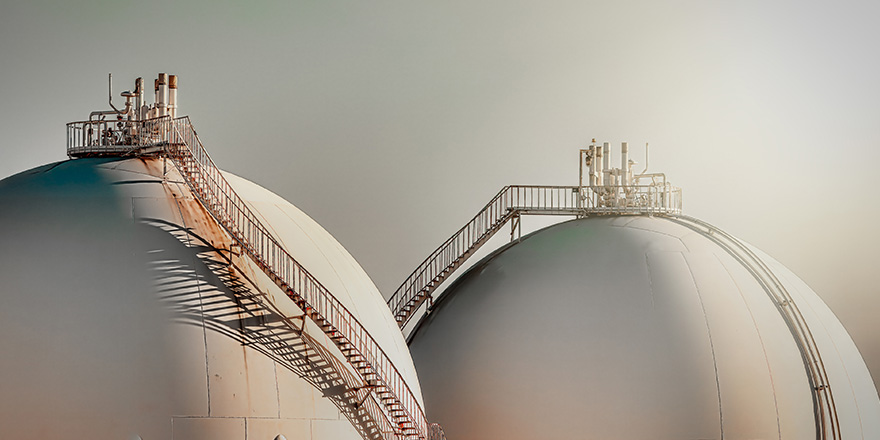Help for oil & gas: 5G and IoT
By embracing 5G and IoT, Middle East and Africa oil and gas producers ensure they can stay competitive.

By embracing 5G and IoT, Middle East and Africa oil and gas producers ensure they can stay competitive.
There will be some major challenges facing the O&G sector for the next five years. Demand has dropped thanks to Covid-19, and this threatens the livelihood of a number of companies. The ones left standing will be those with the lowest production, transport, refining and distribution cost basis.
Although MEA’s production costs are among the world’s lowest, it faces increased competition for market share from newer low-cost suppliers, such as the US. Operational efficiencies are therefore considered a top priority to help squeeze MEA production costs down further.
By forging ahead of the rest of the world in the quest to launch commercial 5G networks, the Middle East and Africa (MEA) market looks to be one of the first to use 5G to supercharge Internet of Things (IoT) projects to this aim.
How 5G IoT can change the sector
5G, the 5th generation mobile network, is designed to connect people, machines, objects, and devices. It will deliver higher data speeds, ultra-low latency, greater reliability and increased availability.
The emergence of 5G gives MEA producers the means to marry advanced production and operations techniques with smart digital technologies. They can create a digital enterprise that is not only interconnected and autonomous but can communicate, analyze, and use data to drive further intelligent action back in the physical world.
There are five ways that 5G will be critical to the oil and gas industry over the next five years.
1. Wired LAN Displacement: With the introduction of 5G, operators can displace the wired networked approach with wireless connectivity.
2. OEM Failsafe Condition Monitoring: For certain high-speed high-risk assets, operators are investigating the deployment of IoT overlay technologies to monitor, capture data and initiate shut down instructions. To make these investments affordable, connectivity via 5G high bandwidth architectures is critical.
3. Intelligent Asset Management: While predictive maintenance is the ideal state, the enablement pathway is not easy. With the advent of field-tested and affordable sensors, the ability to generate quality data is no longer a constraint. The principal obstacle is the cost associated with moving analytical processing capability to the edge. With 5G, this concern is largely mitigated.
4. AR Enhanced Decision Support: Enhanced decision support enabled by augmented reality (AR) will transform the oil and gas mobile field practices. Every production and maintenance process that leverages AR will allow operators to perform field functions in a more efficient manner through collaboration with domain experts via shared virtual environments.
5. Cybersecurity: 5G modems with embedded authentication keys can continuously validate certified devices that are provisioned onto the network’s domains, and also enable a third level of defense by running cloud centric AI/ML algorithms to identify abnormal processes for networked elements.
Despite the obvious challenges, there are some amazing opportunities out there to solve them – via technology. Here is what some in MEA are already doing:
- National Oil Companies (NOCs) are establishing regional oil and gas R&D centers. An example of this is Khalifa’s Petroleum Research Institute.
- At an international level, NOCs are also launching investments in physical oil and gas R&D facilities. Saudi Aramco has the lead in this.
- Lastly, NOCs are establishing large-scale multi-party collaboration agreements, for example Qatar Petroleum’s collaboration with Imperial College London.
This article was originally published in Oil & Gas Middle East.